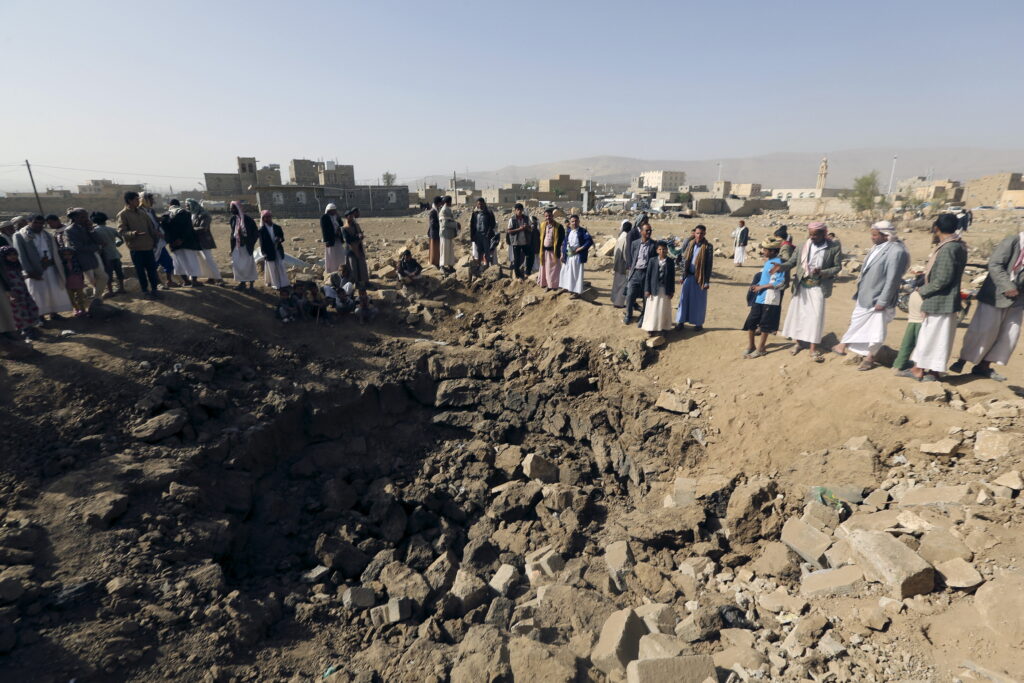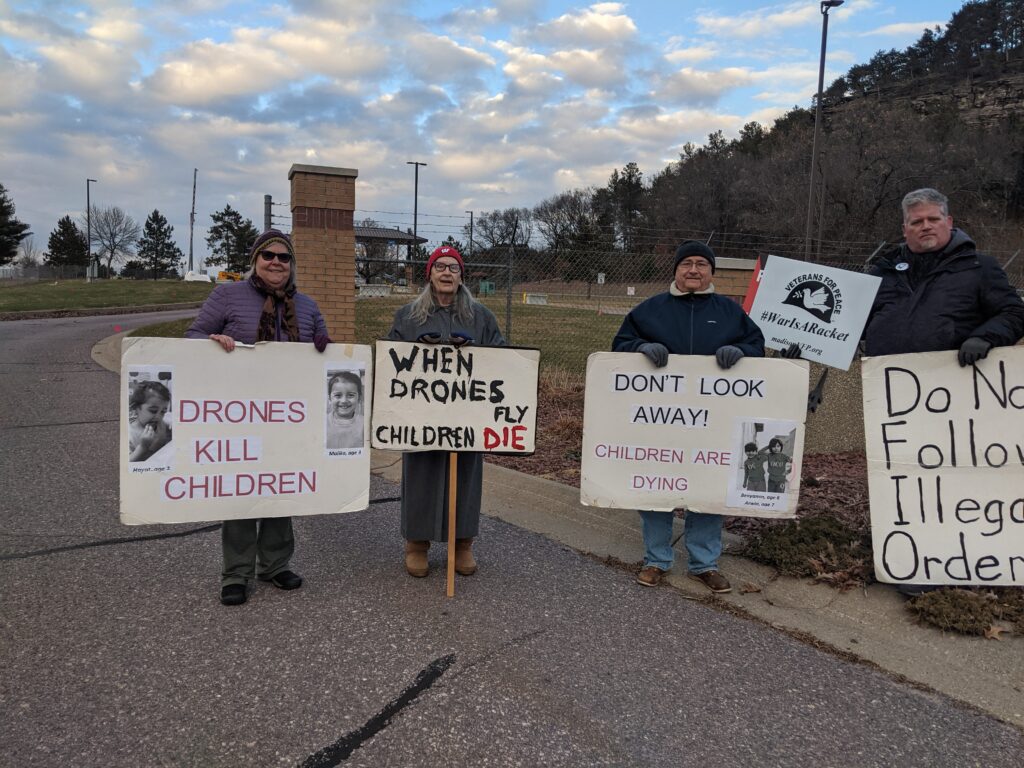FOR IMMEDIATE RELEASE: January 10, 2022
Contact: Tom Boswell, 608/718-7312
Safe Skies Clean Water Asks Air National Guard
and Dane County Airport to Postpone “Open House”
Madison – The Safe Skies Clean Water Coalition has called on the Wisconsin Air National Guard and Dane County Regional Airport to postpone an “Open House” scheduled for Tuesday, January 11, at Madison College. The purpose of the event is to update the public on plans being undertaken by the Wisconsin Air National Guard (WANG) and the National Guard Bureau (NGB) to remediate PFAS pollution originating with the Truax airbase.
location https://isthmus.com/locations/madison-college-truax-campus-mitby-theater
“This is not the right time to hold this event,” the coalition wrote to Colonel Bart Van Roo, commander of the 115th Fighter Wing at Truax. “We are in the height of another public health crisis. Many of the families who are and will be most impacted by the water pollution and dangerous noise levels of F-35 fighter jets are not likely to further jeopardize their health and safety by attending an indoor event at this moment.”
The coalition is one of several groups that has been advocating for the Air National Guard, Dane County and the City of Madison – all designated by the DNR as responsible parties in the water contamination crisis – to be more forthcoming in communication with the public. But Safe Skies Clean Water said “this is not the appropriate time for this event.”
Representatives of the NGB and a Maryland-based engineering firm are to present information on the remediation process and progress to date and address questions and comments from the public. The event is scheduled for 6 pm at the Mitby Theater on the Truax campus of Madison College.
“We are frankly skeptical concerning the motivation of the Air National Guard and Dane County Regional Airport for scheduling this Open House while the pandemic is peaking, the weather is inhospitable, the students and faculty of Madison College are on winter break, and the event was announced during the winter holiday,” said Safe Skies Clean Water.
“The Air Force, National Guard Bureau and Air National Guard have proven to be toxic neighbors. Now they plan to initiate yet another assault on our public health by foisting F-35 fighter jets on an already compromised community that doesn’t want them. We are asking the Air Force and Air National Guard to be better neighbors. We know you would rather be protecting us from real threats like pandemics and national disasters rather than making war on us. We ask you to postpone this event and to halt the construction at the airbase until the site investigation and PFAS remediation is completed.”
Safe Skies Clean Water Wisconsin is a nonprofit coalition of residents and organizations in Madison and Dane County, Wisconsin opposed to the proposed bed down of F-35A fighter jets at Truax Field.
For more, safeskiescleanwaterwi.org

“There is a problem. Let’s put it on the table, get people engaged in it, hold polluters accountable and clean it up.”
- Dr. Maria Powell, MEJO
- Brad Geyer, Veterans for Peace, Former WI Air National Guard and US Air Force
WI Environmental Health Network: Forever Chemicals Wisconsin
Madison Environmental Justice: PFAS Related








